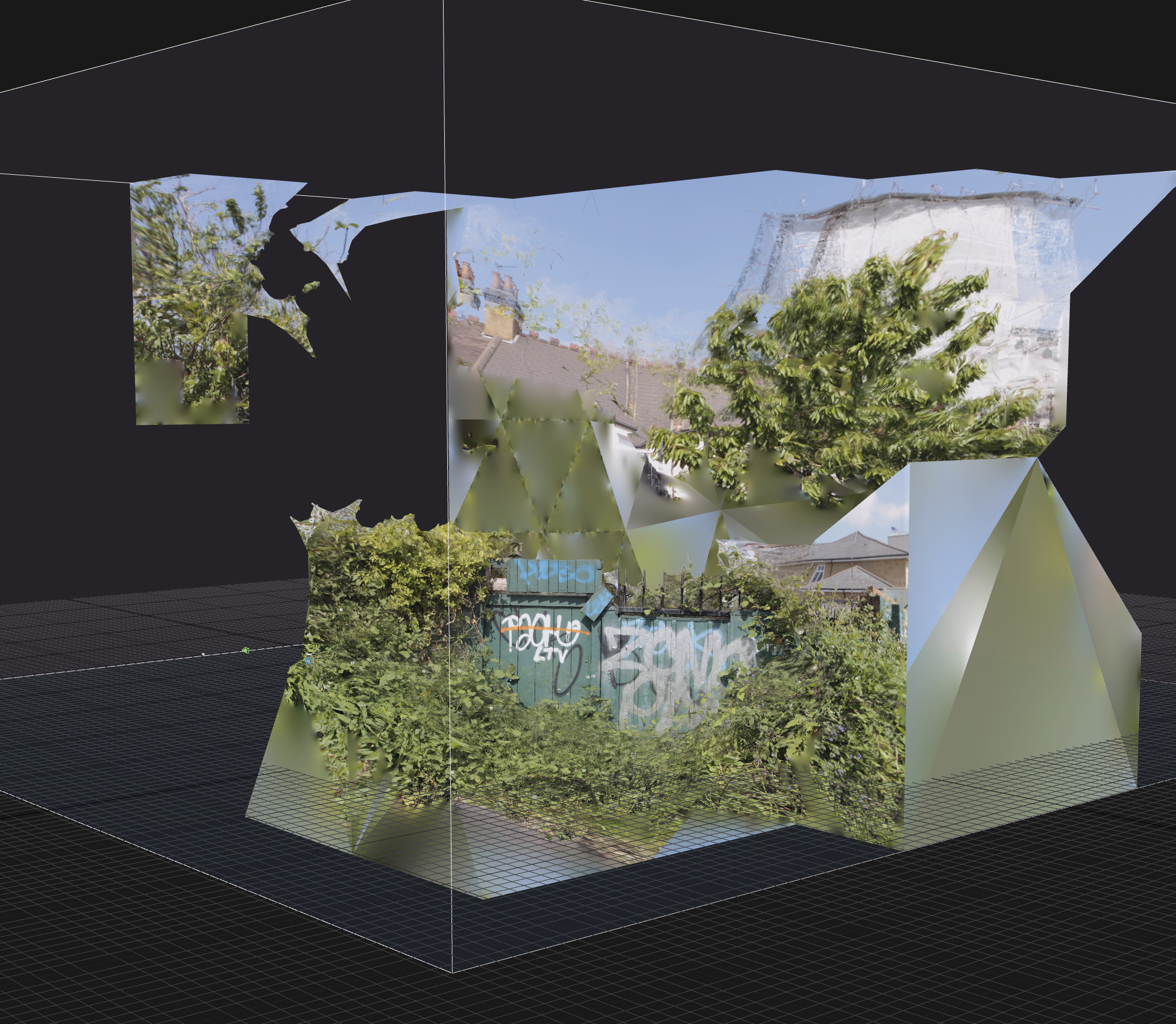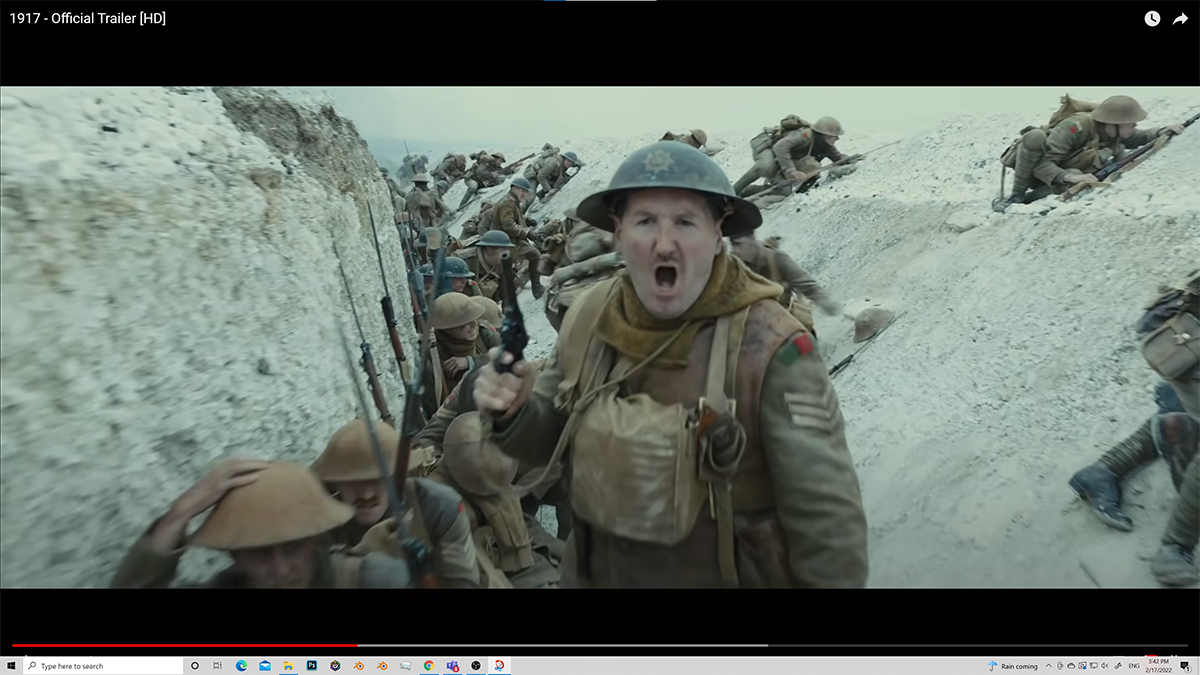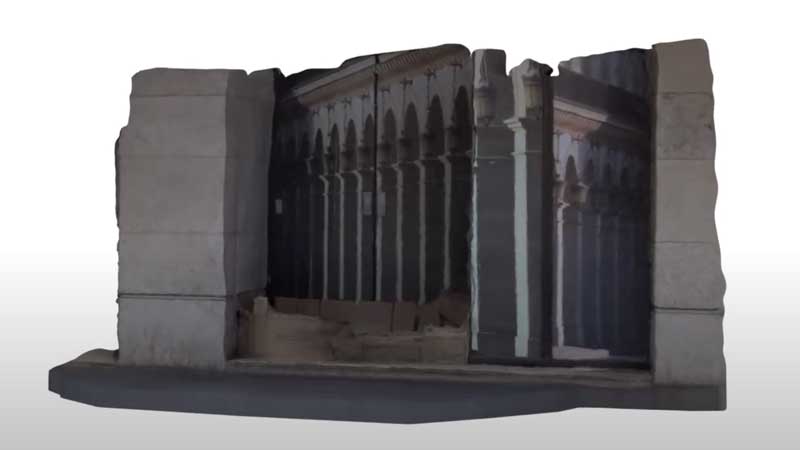The last couple of weeks I have been thinking about mirrors and how they reflect reality, It came to my mind for two reasons: the first one is that my girlfriend is doing her MA research on mirrors in photography so I’ve been discussing this topic with her, the second reason is that on a trip to Barcelona I ended up having lunch in a special little restaurant with a really cool tiled wall and I took some interesting pictures of it.
Thanks to this experiment, I’ve decided to simulate the same situation by creating a 3D object and using it to reflect a photograph, to be thankful, I decided to use my girlfriend as the model.
So far I’ve made 3 different prototypes:
-Simple object for reflection (to get familiar with the digital process).
Reflection #1:
In this piece I was trying to understand how to simulate the physical reflection, the end result was a bit unexpected put it gave me elements to plan something more interesting, I would like to add that at the moment I have little control over the layout of the image and I’m not yet able to add more than one image. One interesting thing I’ve found is that I can use 3D digital object to actively interact with the image, it does not have to be a one way process like I have done in the past.
-Complex object for reflection
Reflection #2:
Things got more interesting when i did this other piece, it reminded me of the work of Anne Spalter, an artist I saw on Lumen Price conference. At that time I was captivated by the possibilities of her video process. In this case, I think I found a different way to obtain the thing I found interesting in her work, but at the same time, I gained more perspective to move forward in my own direction.
-Complex object animated reflection
Thanks to the previous result, I wanted to take thing forward to see how this image reflection my work on a moving object, I was particularly interested in seeing the way transitions occur. This was a very simple animation to understand the process.
Reflection #3:This was an interesting result, I would like to take some time to think about the out come, at the end I’m able to control the reflecting object but still not able to have a lot of control on the reflected image. I will also like to think about how to explore video pieces because at the moment I am centered on 3D printing, eider way, I’m really happy about this experiment, I know that in the near future I will make more of this.
Final reflection:
Lately I have been looking at some of the work of Francis Bacon; the way he treats space, the way he molds the figures, the colors, the expressions on the brush… in a way, I feel I am dealing with some of the same questions he had in his mind.
Right now I’m focused on how to approach the boundaries between visual realism and abstraction and I feel that the mirrored image is an interesting asset in order to obtain some kind of appealing image that blends abstraction and visual realism in a flexible and captivating way.
]]>







